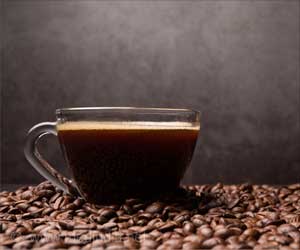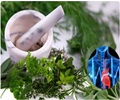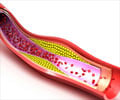Gender of coffee drinker and type of brewing method of coffee seeds matter in increasing the risk of cholesterol levels.
Highlights
- Drinker’s gender and brewing method of coffee may increase the risk of cholesterol levels
- Men who drink 3–5 cups of espresso have higher cholesterol levels than women
- Coffee contains chemical compounds that can lead to multiple mechanisms operating simultaneously
Link Between Coffee and Cholesterol Levels
The researchers therefore wanted to compare espresso coffee with other brewing methods among adults aged 40 and older (average age 56).They drew on data from 21,083 participants (11,074 women; 10,009 men) responding to the seventh survey of the Tromsø Study in 2015–2016, a long-term population study, which began in 1974, involving residents of the Norwegian city of Tromsø.
Participants were asked how many daily cups of coffee they drank — none, 1–2 cups; 3–5; and 6 or more — and what brew type they drank — filtered; plunger (cafetière); espresso from coffee machines, pods, mocha pots, and so on; and instant.
Blood samples were taken, and height and weight were measured. Information was also sought on potentially influential factors: diet and lifestyle, including smoking, alcohol intake and physical activity; educational attainment; and whether type 2 diabetes had been diagnosed.
Women drank an average of just under 4 cups of coffee every day while men drank an average of nearly 5.
Drinking 3–5 daily cups of espresso was significantly associated with increased serum total cholesterol, particularly among the men.
A daily tally of 6 or more cups of plunger coffee was also associated with raised cholesterol, and to a similar degree in both sexes: 0.30 mmol/l higher among the women versus 0.23 mmol/l higher among the men.
And getting through 6 or more cups of filtered coffee every day was associated with 0.11 mmol/l higher cholesterol among the women, but not among the men, when compared with those not drinking filtered coffee.
While instant coffee was associated with an increase in cholesterol in both sexes, this didn’t rise in tandem with the number of cups drunk, when compared with those who didn’t opt for coffee powder/granules.
The researchers point out that there was no standardized cup size used in their study; Norwegians tend to drink out of larger espresso cups than Italians do, for example.
Different types of espresso – from coffee machines, capsules, or mocha pots — are also likely to contain different levels of the key naturally occurring chemicals.
And there are as yet no obvious explanations for the gender discrepancy in cholesterol response to coffee drinking, they add.
“Interestingly, coffee contains more than a thousand diverse phytochemicals. The intake of each compound also depends on the variety of coffee species, roasting degree, type of brewing method and serving size,” they explain.
Experimental studies show that
cafestol and kahweol, as well as increasing total cholesterol, have anti-inflammatory effects, protect the liver, and lessen the risks of cancer and diabetes,
they add.“This demonstrates how coffee contains compounds that may lead to multiple mechanisms operating simultaneously,” highlight the researchers.
And they note: “Coffee is the most frequently consumed central stimulant worldwide. Because of the high consumption of coffee, even small health effects can have considerable health consequences.”
Source-Eurekalert
















